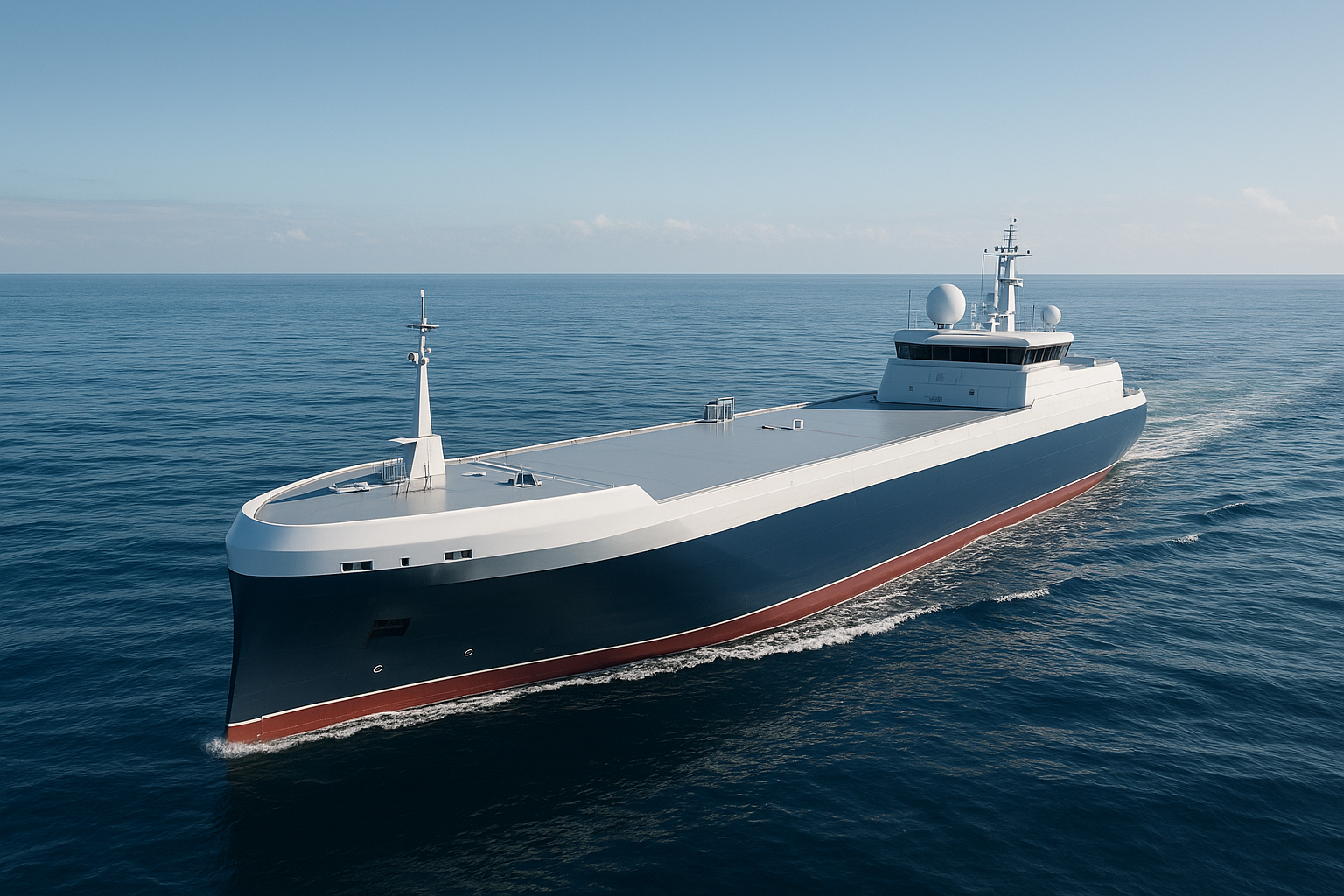
Autonomous Ships: The Future of Unmanned Maritime Operations
Sailing Without a Crew: The Autonomous Revolution
What Are Autonomous Ships?
The Technology Behind Autonomous Ships
Current Autonomous Ship Projects
Benefits of Autonomous Ships
- Reduced Operating Costs: No crew means no salaries, no food, no accommodation, and no crew-related insurance costs. This can reduce operating costs by 20-30% or more.
- Improved Safety: Human error is responsible for most maritime accidents. Autonomous ships eliminate this risk and can operate 24/7 without fatigue.
- Better Fuel Efficiency: Autonomous ships can optimize their routes and speeds for maximum fuel efficiency, reducing both costs and environmental impact.
- Increased Cargo Capacity: Without crew quarters, galleys, and other human-related spaces, ships can carry more cargo, increasing their profitability.
- 24/7 Operations: Autonomous ships don't need rest, can operate in all weather conditions, and can maintain consistent schedules.
- Reduced Environmental Impact: More efficient operations and optimized routes mean lower emissions and reduced environmental impact.
Challenges and Limitations
The Future of Maritime Careers
Autonomous Ships in Different Sectors
The Road to Full Autonomy
Environmental Impact
Frequently Asked Questions
Most experts predict that we'll see fully autonomous commercial ships within the next 10-15 years. However, the transition will be gradual, starting with remote-controlled and semi-autonomous vessels.
The data suggests that autonomous ships could be safer because they eliminate human error, which is responsible for most maritime accidents. However, they also introduce new risks related to technology failures and cybersecurity.
Autonomous ships are designed with multiple backup systems and redundancy. If a system fails, another takes over. In extreme cases, shore-based operators can take remote control, or emergency response teams can be dispatched.
While some traditional shipboard jobs may be reduced, autonomous ships will create new opportunities in shore-based operations, technology support, and maintenance. The industry will evolve rather than disappear.
Conclusion
Share This Article
Related Articles
Continue reading with these related articles

Autonomous Ships: The Future of Unmanned Maritime Transportation
Discover how autonomous ships are revolutionizing maritime transportation. Learn about unmanned vessels, AI navigation systems, and the future of crewless shipping operations.

The Future of Maritime Technology: How AI, Automation, and Green Tech Are Revolutionizing Shipping
Explore how artificial intelligence, automation, and green technology are transforming the maritime industry. Discover autonomous ships, smart ports, and sustainable shipping innovations.

Maritime Robotics: Automated Systems for Ship Maintenance and Operations
Explore maritime robotics and automated systems for ship maintenance and operations. Learn about underwater robots, ship inspection drones, and automated maintenance technology.

Maritime Artificial Intelligence: AI Applications in Shipping and Port Operations
Discover how artificial intelligence is transforming maritime operations. Learn about AI applications in shipping, port management, predictive maintenance, and maritime automation.
© 2025 The Salty Mariner. All rights reserved.
